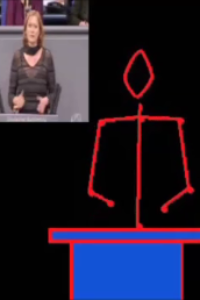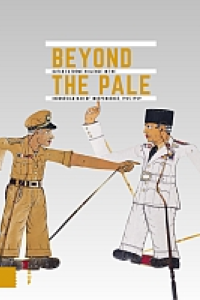As a social species, humans pay close attention to their conspecifics and try to make sense of non-verbal cues conveyed by different communication channels. Considering this, and the propensity to attach intentions and meaning to simple moving dots, it is not surprising that people are sensitive to the movements created by a human body. Quickly detecting and categorizing motion and motion cues can be regarded as an important ability that helps to assess a situation and to make predictions.
We investigated how people associate a set of specific motion cues with a selection of items representing basic interpersonal categories. For a first rating-experiment we converted the body movements of speakers into stick-figure animations; for a second rating-experiment we used animations of one single dot. Expansive and fast movements (i.e., high velocity) were mainly associated with high aggressiveness. Fast movements were also associated with low friendliness, low trustworthiness, and low competence. Overall, patterns found for stick figure and dot animations were similar indicating that certain motion cues convey social information even when only a dot and no body form is visible. The proposed method can be extended to other types of nonverbal cues and a variety of social categories.




